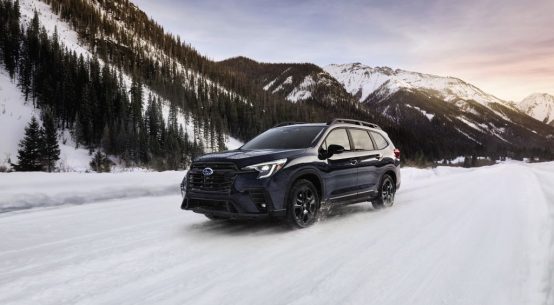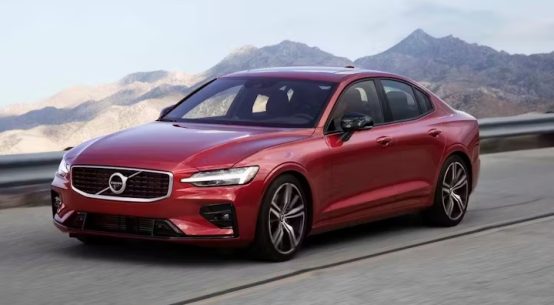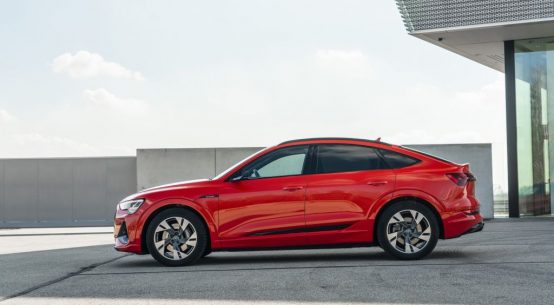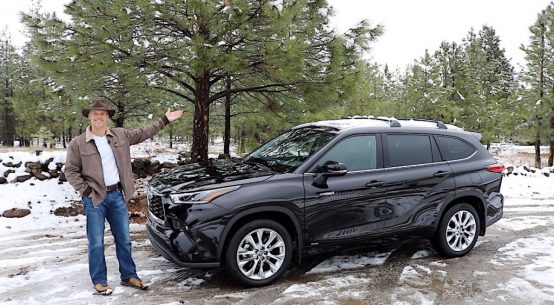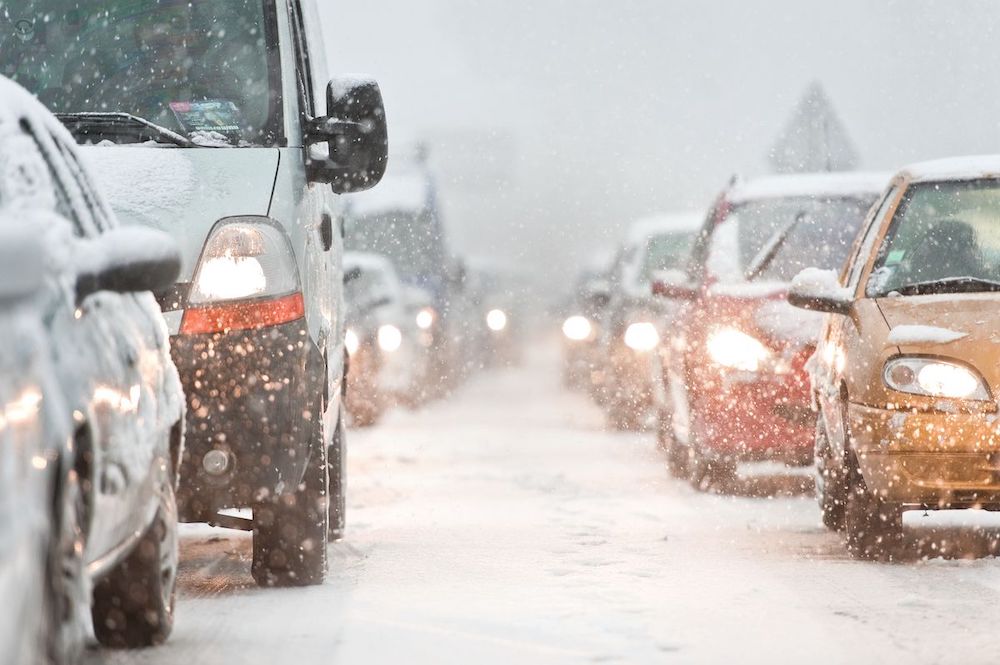
When you’re a kid, the snow is great: classes are cancelled and you can make snowmen all day. When you’re an adult: you need to go places and driving in the snow requires a certain set of a skills they don’t cover in Driver’s Ed. Lucky for you, we’ve put together a quick guide on how to drive in the snow and avoid an accident. This following is from Compare.com.
Before You Learn How to Drive In The Snow
First things first, before you even leave your driveway, there are some things you should do:
- Check your tires: The depth of the tread on your tires is incredibly important when driving in snow, you want all the grip you can get when things get slippery. An easy trick is to put a penny into one of your tire’s treads and if the top of Lincoln’s head is always visible: it’s time for a new set. If you live in a particularly snowy location, you may want to even think about snow tires.
- Check your lights: Snow can make things seem darker, especially if a blizzard gets up. Double check that your headlights, tail lights and turn signals are all in working order before you hit the road. An easy way to do this is to pull up next to a shiny surface (garage door, shop window) and check your lights in the reflection. If you have especially foggy headlights, it might be a good idea to get those cleaned, too. Many car detailing places do it at an affordable price or you can get a kit from your local auto parts store to do it yourself.
- Defrost before you drive: This might sound like a no-brainer, but turn your defroster on and let that frost and ice melt before you start driving. You can even use some de-icing spray and a scraper to move things along. Some of us occasionally get in a hurry and start moving before all of the snow and ice is gone, hoping that it will melt a bit faster once we start moving. Being unable to see properly is dangerous at best and if a load of snow falls into the person’s windshield behind things can get real bad. If you know it’s going to be a frosty morning, give yourself some extra time and make sure you’re defrosted before you hit the road.
Got it? Prep done? Ok, let’s move on to the main event…
How to Drive in Snow Safely
If you’re anything like some of the staffers at Compare.com, you spend the Winter driving white-knuckled or simply refuse to drive in the snow at all. With a mixture of drivers zooming 20 mph over the posted speed limit and sports cars skidding across the lanes, driving in the snow can be a scary business. That doesn’t mean that you have to be become a hermit at the first sign of a snowflake. Here are some of our best tips to help you learn how to drive in snow and become one of those smug people that “made it into work”.
- Match your driving speed to the road conditions: If the road is cold enough for snow to stick, it means it is cold enough for water to freeze and that’s when things get dangerous. Whether there’s a thick layer of snow or the dreaded black ice, your speed can make the difference between being in control and losing control. I know it sounds simple, but when it snows: slow down. It’s easier to react to an unexpected drift when you’re driving at 30 instead of 80.
- Keep a safe following distance: Following too closely when driving in snow is just asking for an accident. Braking suddenly could cause your car to slide — most likely into the car in front of you. Unfortunately for you, your insurance is likely to see this as: at-fault. When driving in the snow, keep at least a one-and-a-half car-length following distance to ensure you have time to break slowly and evenly.
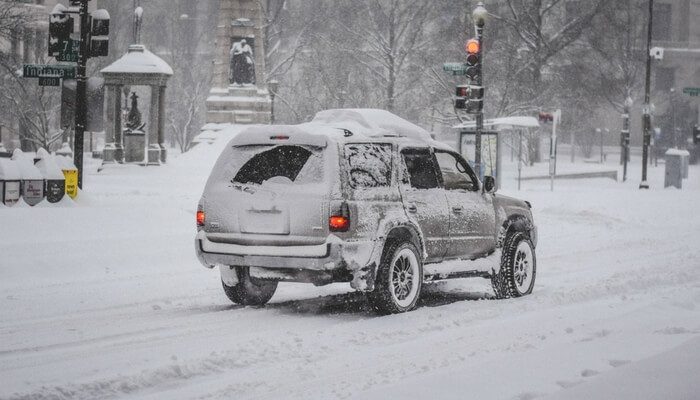
- Know your gears: If you drive a stick-shift, use a low gear when driving to try and get the best traction on the slippery road. Although it may seem obvious to some, never use cruise control if you have to drive in the snow. Your cruise control won’t allow you to monitor or directly control your car’s acceleration and many cruise control features can cause your car to suddenly rev its engine in order to maintain speed, which can cause you to lose traction.
- Go easy on the steering: Your car will typically get better traction when the tires are pointed straight ahead. When your turn your wheel, the tire turns and that change in angle can make a big difference in the amount of traction you’re getting. Add to that your forward momentum, a sudden change in direction and a slippery surface and you are asking for trouble. If you do start to skid,
steer in the direction you want to go, against the skid and that will help you get back on course. - Know the way home: Any time it snows you can expect there to be a number of car accidents. Having your usual route home cordoned off and taking a route you aren’t entirely familiar with could cause even more stress. Trying to navigate snowed-over road signs and your GPS in a blizzard? Not fun. Know your route home and be sure to know two or three alternate routes you can reach from the first route. Take a day when the weather is nice and drive some of these alternate routes to get familiar with them before the snow starts coming down.
- Don’t pump your brakes: Some of us grew up with our parents telling us to pump the brakes when you drive in snow. That’s largely because your parents learned this from driving cars that didn’t have ABS (anti-lock braking system) brakes. If your car does not have ABS brakes, this remains true. Most of us, however, drive cars with ABS brakes. If you’re one of them, then you should brake slowly, but steadily, while applying even and constant pressure.
So there you have it: A few easy tips that you can start planning for today, to ensure that you are a certified expert when driving in the snow and avoid any crazy accidents. The upside? You can now happily drive around safely in the snow. The downside? Those that haven’t read this article will be asking you to drive them around in the snow.


